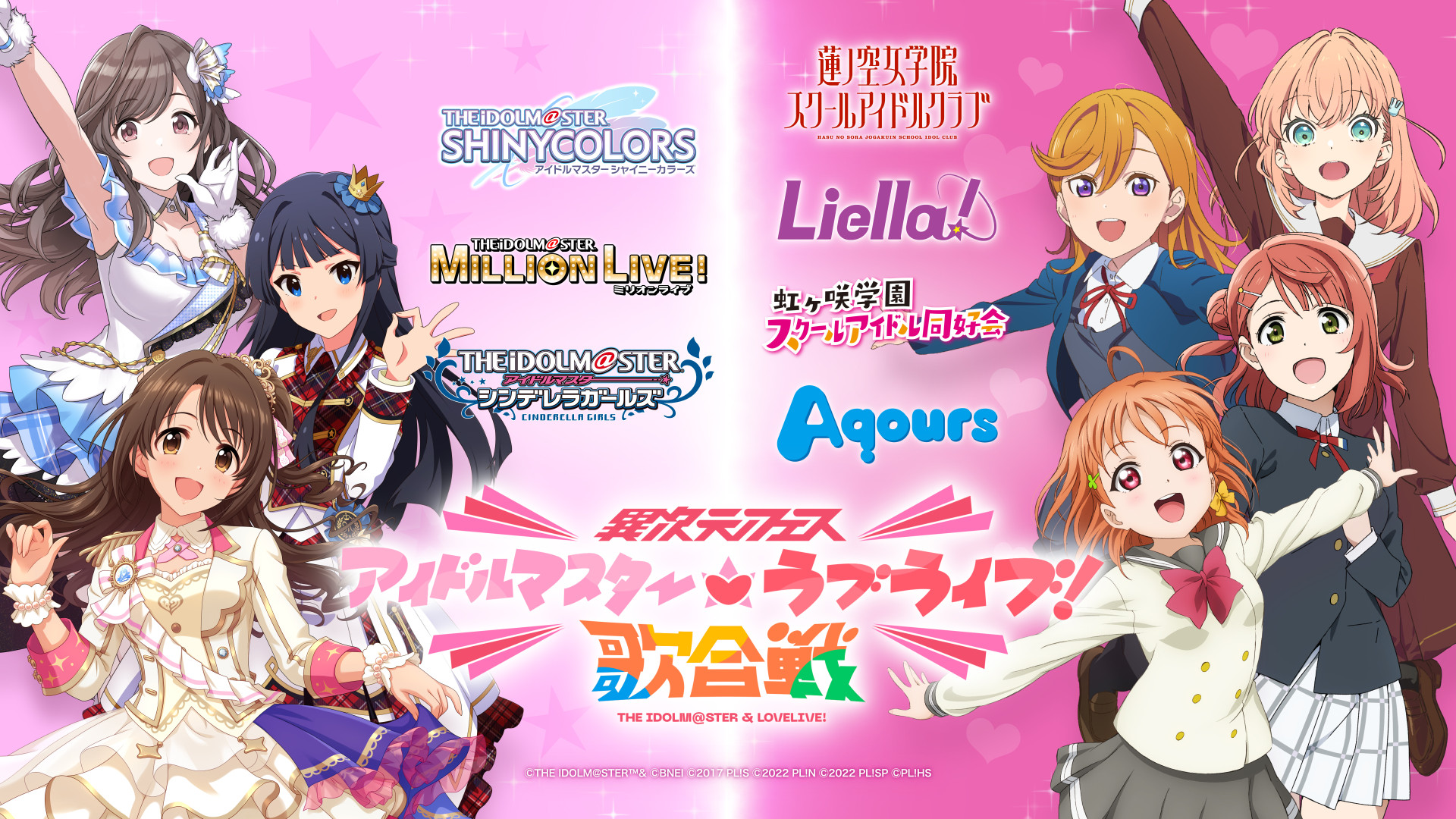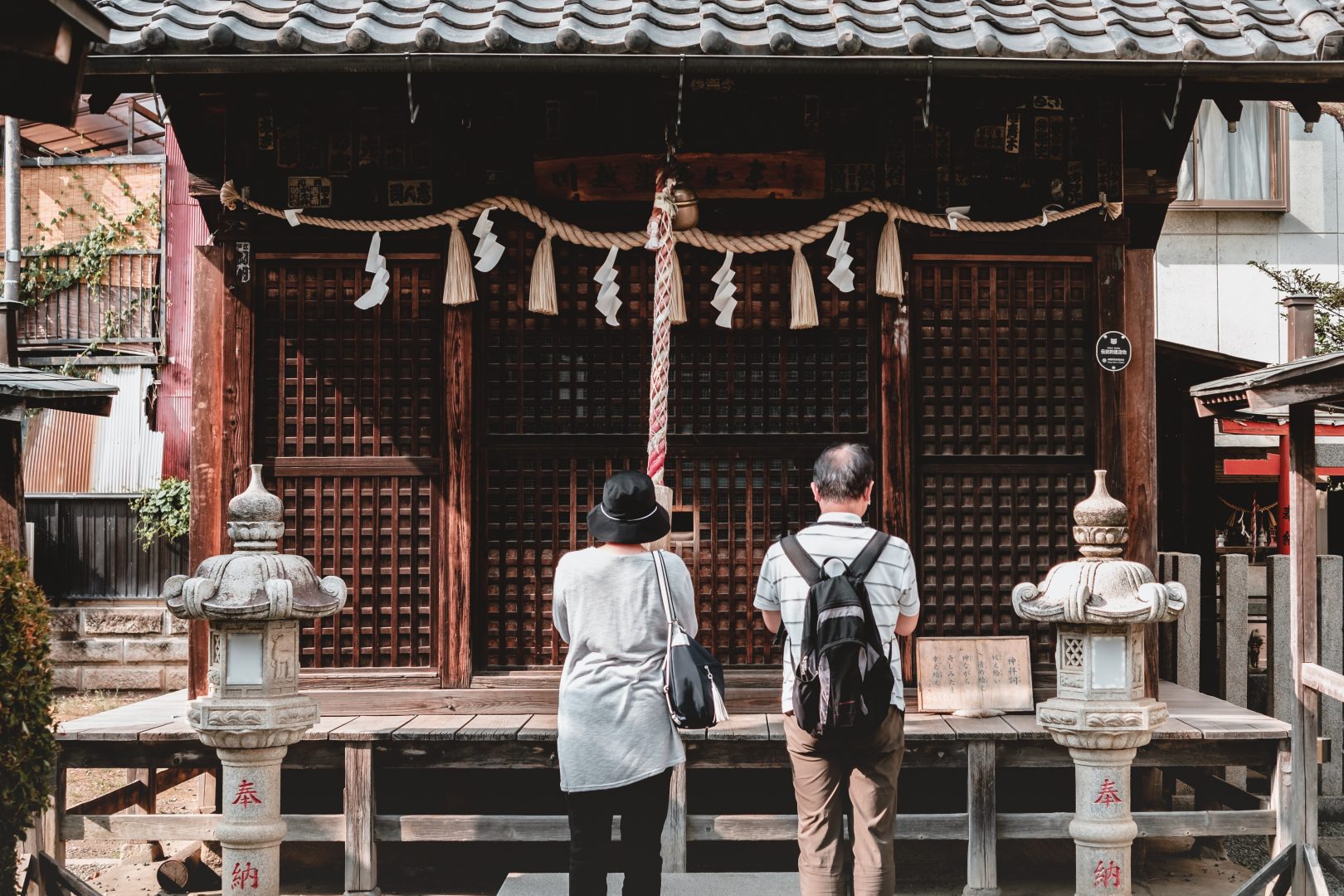Japanese user explains why people in Japan follow two religions using Love Live! and IdolMaster as an analogy

An X/Twitter post in which a Japanese person recounts a conversation they had with an American about why Japanese people follow both Buddhism and Shintoism has recently been gaining attention for the humorous answer it provides. The likening of Japanese religious practices to stanning multiple Idol games at once has triggered discussion among Japanese users about how and why multiple religions tend to be a part of the average Japanese person’s life.
In the post, the American person asks if Japanese people believe in Buddhism or Shintoism, to which the Japanese person responds that they believe in both. The American, having trouble grasping the concept of believing in two separate religions simultaneously, finds this difficult to understand. However, the Japanese person seems to get through to the American by likening the idea of believing in two religions to that of stanning two idol-themed rhythm game franchises, Love Live! and IdolMaster, at the same time.
The post compares Japan’s two most practiced religions, Shintoism and Buddhism to popular idol franchises Love Live! and IdolMaster. Love Live!, a school idol-themed rhythm game series, and IdolMaster, a talent agency idol-themed rhythm game series, both feature similar gameplay, both follow the stories of raising aspiring idols and feature a poppy tracklist of songs. While the many similarities between the two franchises could’ve led to them becoming adversaries, instead they allowed fans of either game to easily jump in and enjoy the other.

Buddhism, a religion and philosophy originating from India that developed from the doctrines of the Buddha, and Shintoism, an ancient animistic religion originating from Japan, also share quite a few similarities. Some examples of commonalities between the religions include not requiring devotion to solely one god, emphasizing a respect for nature, and the fact that both religions often shared places of worship in Japan until the end of the Edo period (1603-1868). These traits have allowed both beliefs to work harmoniously together without majorly conflicting, leading to the blend of the religions being integrated into the lives of many Japanese people over the centuries.
In a 2018 survey on religious views in Japan conducted by the International Social Survey Programme (ISSP), a cross-national collaboration running annual surveys on topics important for the social sciences, results showed that 36% claimed to have some form of religious faith (excluding beliefs practiced only during life events like weddings and funerals), while 62% stated that they had no religious faith.” Based on this information, it can be assumed that the majority of Japanese people may not be that religious. While many Japanese people may partake in Shinto and Buddhist practices, it seems that for many, these customs are done mostly out of tradition, with many people not being devout followers of either faith describing themselves as non-religious. This phenomenon may be similar to the way many people, including those in Japan, celebrate Christmas without being followers of the Christian faith.

It seems that many Japanese users could relate to the conversation in the OP’s post, sharing the ways the two religions mix together in their own lives. A user commented, “Well, it’s a country where there’s no hesitation to visit shrines for New Year’s, have fun during Halloween, exchange presents for Christmas, have weddings in churches, and hold funerals in temples… lol!” Other users commented on how the religions manage to work so well together. One user explained, “In the case of Japan, there is a clear division of roles, with Shintoism handling matters of this world, and Buddhism taking charge of the afterlife, which seems to help avoid conflict. As a result, Christianity also receives attention only during events like Christmas and weddings.”
Other users gave historical explanations of how the two religions became so intertwined. One user shared “In the first place, it’s been only about 150 years since Shintoism and Buddhism began to be understood as clearly separate religions, with the issuance of the Meiji government’s Shinbutsu Bunri policy.” The Shinbutsu Bunri policy was a series of administrative measures made to prohibit the merging of Shintoism and Buddhist deities as the two religions were closely intertwined up until the Edo period. The conversation’s unconventional rhythm game and religion analogy was also a point of interest with many Love Live! and IdolMaster fans. One user commented, “Idols in Japan are like gods, and religion is no doubt a type of oshi-katsu (stanning).”
Many users found the post’s analogy to be comical due to its offbeat idol franchise and religion analogy. Additionally, the way the conversation pointed out how people living outside of Japan could find the concept of believing in multiple religions at once strange, while common for many Japanese people, had many users reflecting on the different ways the religions play a part in their lives.




